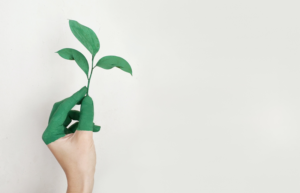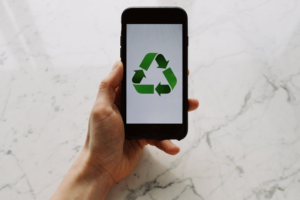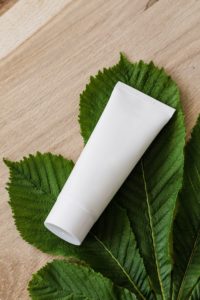 Sustainable green packaging trends encompass all facets of the packaging industry. This includes everything from recycling programs to reusability innovations, and the packing materials themselves.
Sustainable green packaging trends encompass all facets of the packaging industry. This includes everything from recycling programs to reusability innovations, and the packing materials themselves.
The following trends are expected to become more prevalent today and in the future as every industry begins a shift towards green.
Green Packaging Action Plans
In the past two years, more companies have announced shifts to green packaging. Moving away from plastic packaging is especially beneficial for large companies and consumers.
Many companies have announced a shift to green packaging and have made goals to achieve completely circular solutions in the next 5 -15 years. The near future will be a pivotal year to maintain this timeline.
Partnerships Enable Better Recycling
 There is a need to create viable partnerships for recycled material to help companies meet green packaging goals. Many packaging suppliers have started to use recycled plastics. Sources are from consumer and industrial sources.
There is a need to create viable partnerships for recycled material to help companies meet green packaging goals. Many packaging suppliers have started to use recycled plastics. Sources are from consumer and industrial sources.
To make using recycled materials more efficient, we will see an increase in recycling partnerships. For instance, there is a collaboration between Recycling Technologies, Total, Nestlé, and Mars. The group is developing new polymers for flexible packaging made from oil.
Unique solutions for a unique time.
Packaging to Meet Green Goals
To meet recovery goals for packaging, companies have shown signs of exploring alternatives. There has been a rise in paper-based solutions. Other recyclable or compostable substrates are being used as well. Air New Zealand is even introducing edible coffee cups on flights.
The Sustainable Packaging Coalition is advocating for every new packaging design decisions. Each packaging designer must think about the carbon and environmental impact. Otherwise, we are shifting the problem from plastic to other non-bio-degradable material.
Companies and Consumers are Encouraged to Reuse
Reusability is a big part of green packaging trends. Companies such as Blue Bottle Coffee and Unilever have already announced plans to scale-up reusable containers.
E-commerce stores are also beginning to penetrate the market with new reusable shipping models. These models can replace short-lived plastic or paperboard packaging.
PFAS in Green Packaging
How2Recycle announced this year that any packaging that contains per- or poly-fluoroalkyl substances (PFAS) will be labeled as “Not Yet Recycled”. What is PFAS packaging?
 PFAS is packaging you commonly see in foodservice and food packaging. Sometimes they are referred to as “forever chemicals”. Some parts of the container don’t break down easily and tend to be persistent in our environment.
PFAS is packaging you commonly see in foodservice and food packaging. Sometimes they are referred to as “forever chemicals”. Some parts of the container don’t break down easily and tend to be persistent in our environment.
The scientific community is questioning the health impacts of PFAS packaging. Also, these food containers are not always suitable for recycling because they produce a toxic product cycle.
People and businesses will need to think of the complete picture when it comes to sustainable packaging. We need to use materials that can be recycled, reused, and safe. Recyclable and reusable packaging is the only way forward for our planet.
For more information on liquid filling, capping and labeling solutions, please call 866.258.1914 or visit https://www.filamatic.com/contact-us/. Unique performance. Undeniable quality. Unrivaled support. Go further and do more with FILAMATIC.
